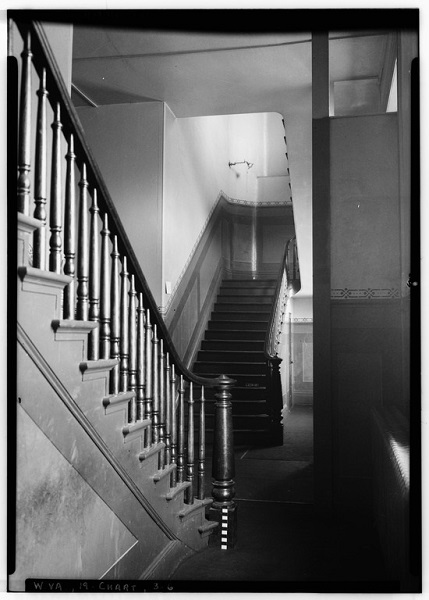Needs for Persons with Disabilities
Courthouses traditionally have been designed and built with an image of strength and dignity. Reverence for the law is often reflected in large columns, heavy doors, and grand staircases. These traditional reflections of strength can be barriers for people with a variety of physical disabilities:
- Sensory - partial or full impairment of their sight or hearing
- Manipulatory - difficulty using one or both hands or arms
- Locomotor - ambulatory (using a cane, brace, or walker) or in wheelchairs
The Americans with Disabilities Act (ADA) requires that people with disabilities be afforded equal access to government buildings and services. All courthouses must comply with the requirements of The Americans with Disabilities Act.
Having "one's day in court" can be a struggle for persons with disabilities. Essential to open access to justice are courthouses and courtrooms that are free of barriers. Litigants and others who come to the courthouse who are mobility impaired, physically weak, or have sight, hearing, manipulation, or other disabilities must be able to navigate freely from the outside, through the courthouse entrance, and to each public space within the building.
On June 20, 1994, the Access Board published in the Federal Register an interim rule for judicial facilities (Section 11) to ADAAG. On that same date, the Department of Justice and the Department of Transportation published notices of proposed rule making to adopt sections 11 through 14 as standards. Most recently, the Department of Justice published revised regulations for Titles II and III of the Americans with Disabilities Act of 1990 in the Federal Register on September 15, 2010.
The U.S. Access Board report Justice for All: Designing Accessible Courthouses, Recommendations from the Courthouse Access Advisory Committee provides specific information and best practices for access to courthouses. For more information, see United States Access Board - Buildings and Sites.
Recommendations for provisions for disabled individuals are suggested for other areas, including specific courtroom elements.
